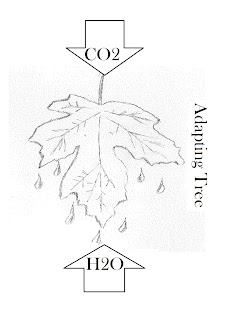The ocean is a precious resource that shouldn’t be
wasted on poor habits. For those living on
the coast and in the coastal lifestyle you know how important the ocean is to
your way of life and the recreational activities you enjoy. Sailing,
surfboarding, diving, snorkeling, and kayaking are just some of the fun activities
in the San Diego area. Pollution and
waste damage the environment for everyone and with a little care our beaches
can be cleaned and improved.
Last weekend I decided to take my snorkel and Nexus phone
to La Jolla Cove in an attempt to see some of the ocean wildlife. Paddling
along the ocean top and diving for interesting objects on the bottom I came
across a lady’s sandal. A fairly expensive one at that so I’m sure she didn’t
intentionally part with it!
 |
| I didn't know Nemo was doing retail? |
It didn’t take much to clean up the mishap. I just dived
down, grabbed it and came back up to the surface, swam near the shore and flung
it onto the beach thinking I would make my way back later. I was pleasantly surprised that someone
obviously saw the relay pitch and picked up the sandal and threw it away. Teamwork
among strangers.
A lost sandal is likely to be a tide accident where
the water creeps up to a beachgoers gear and snags something to bring to the
bottom. Waves are a little like
squirrels in this regard. However, the sandal wasn’t the only thing on the
bottom. Plastic bags, cans, and other items do make their way into the ocean floor
and add to the collection of growing debris.
There is an estimated 6.4 million tonnes of garbage
that enter the oceans every year (Karpus, 2012). Discarded items make their way
through the food chain and back onto our dinner plates. Yum! Would you like a
side order of silicone with your shell fish? Few things occur in our
environment that doesn’t eventually impact us in one way or another.
 |
| Much nicer without the shoe. |
The amount of garbage has accumulated to the point
that it is changing the ecosystem. According to a study conducted by the Ocean
Voyages Institute in Sausalito California there is a floating patch of garbage
that adjusts seasonally off the coast of California (1). It moves around in a huge
circular pattern being pushed around by ocean currents while fish swim and eat
among it.
Not all is lost. Organizations like the San Diego Port Tenant Association conduct dives to collect trash. Coming up on August 24th Operation Clean Sweep that will remove large and small debris from the ocean floor. In 2012 they gathered over 50,000 pounds of junk. If you are a diver and interested you may want to visit their site at http://www.sdpta.com/cleansweep.php
A few tips can be helpful:
-Keep your gear bundled together and away from
potential tides.
-Throw away your garbage in the plentiful garbage
cans in the area.
-If you see trash, pick it up and throw it in the garbage
can.
-Support organizations that focus on clean-up
operations.
-Tell your friends not to throw their trash.
-Teach your kinds to respect the environment.
-I understand the water is cold but go fetch your
sandal! jk.
Karpus, L. (2012). Plastic in our oceans. Alive:
Canada’s Natural Health & Wellness Magazine, 355.


